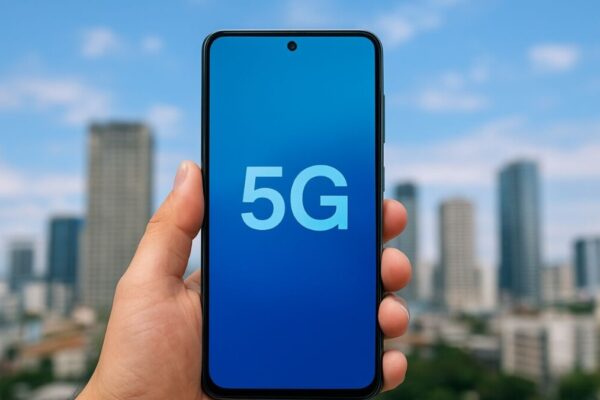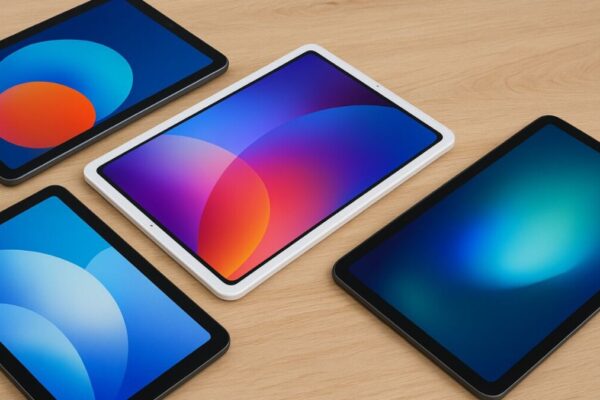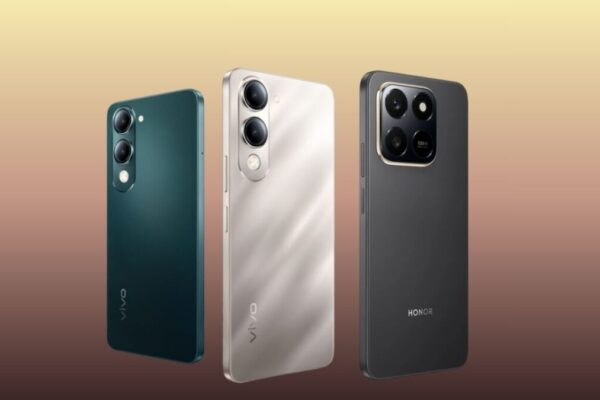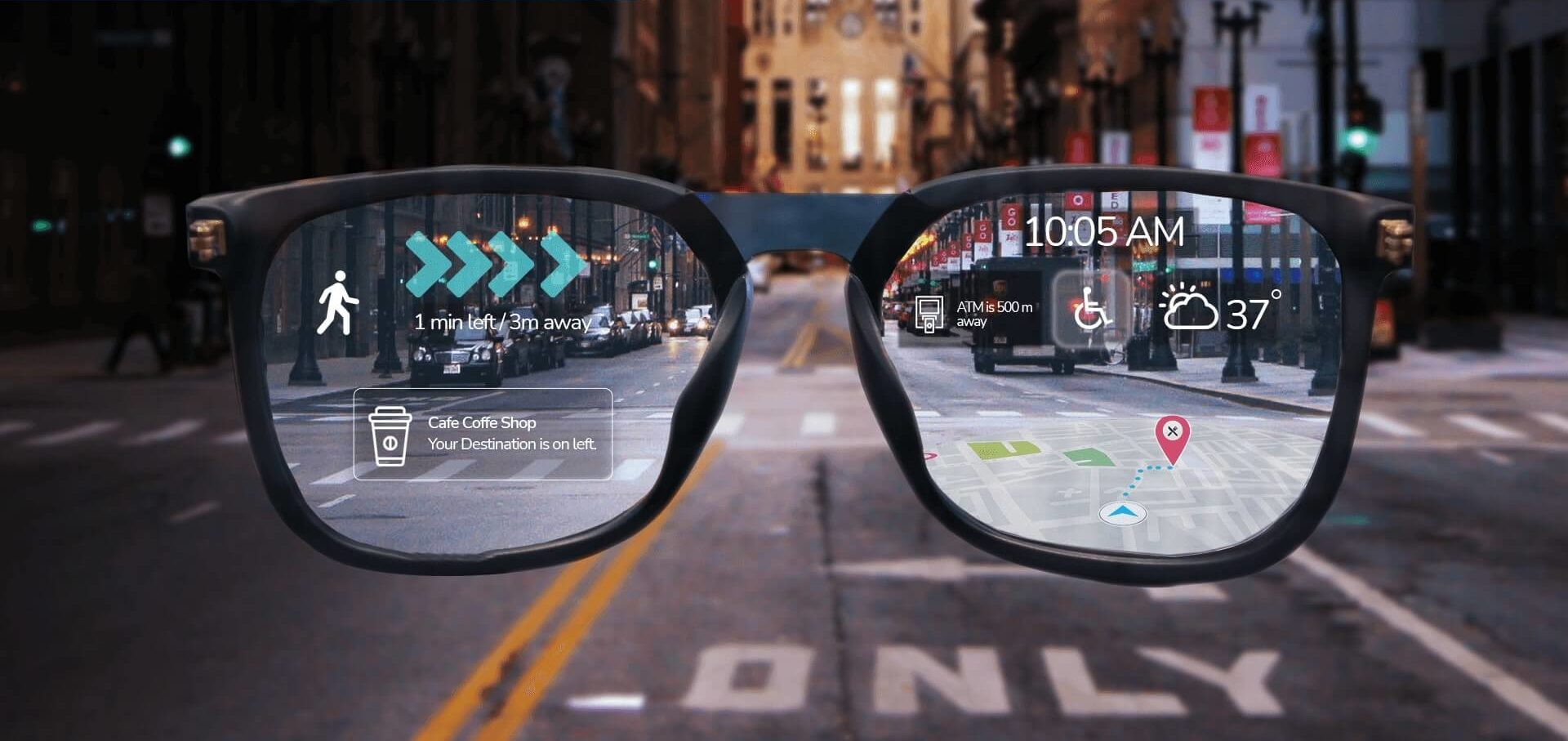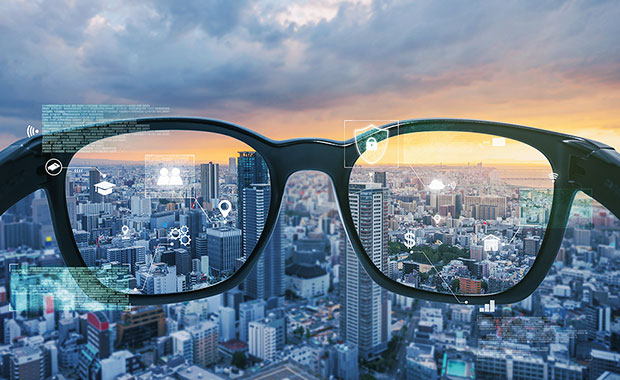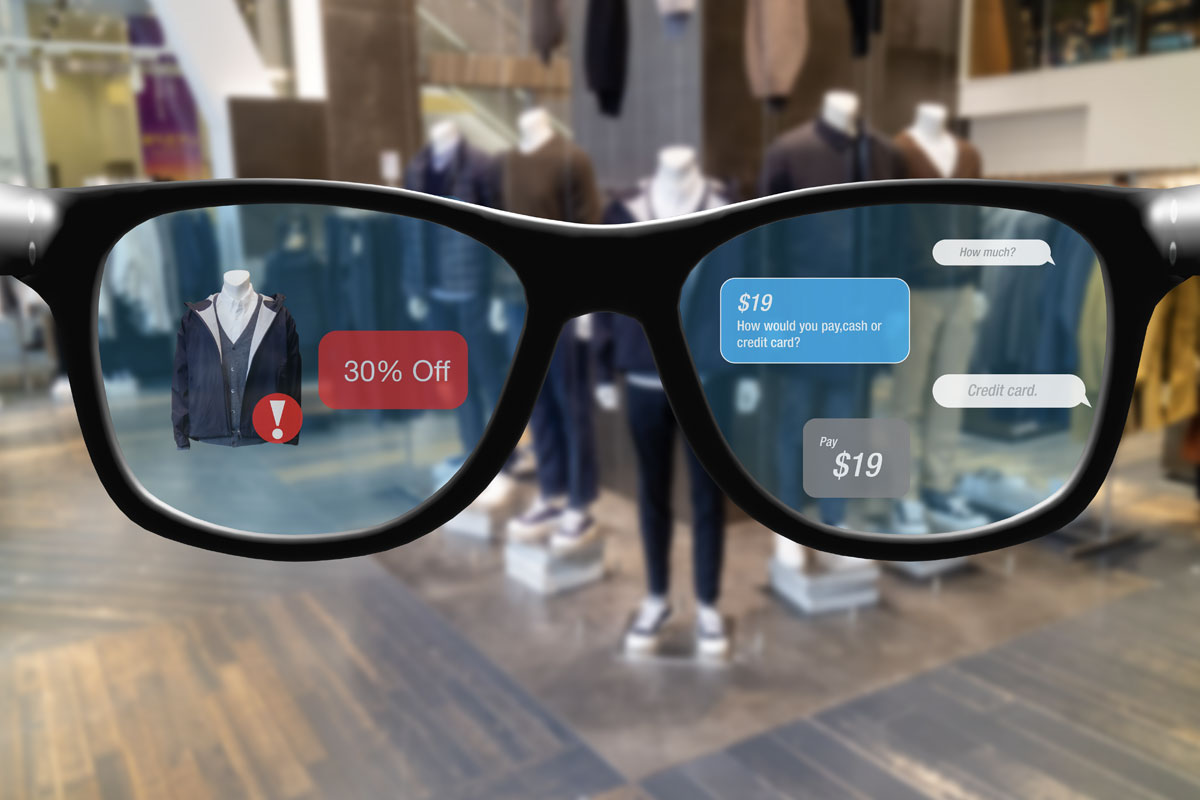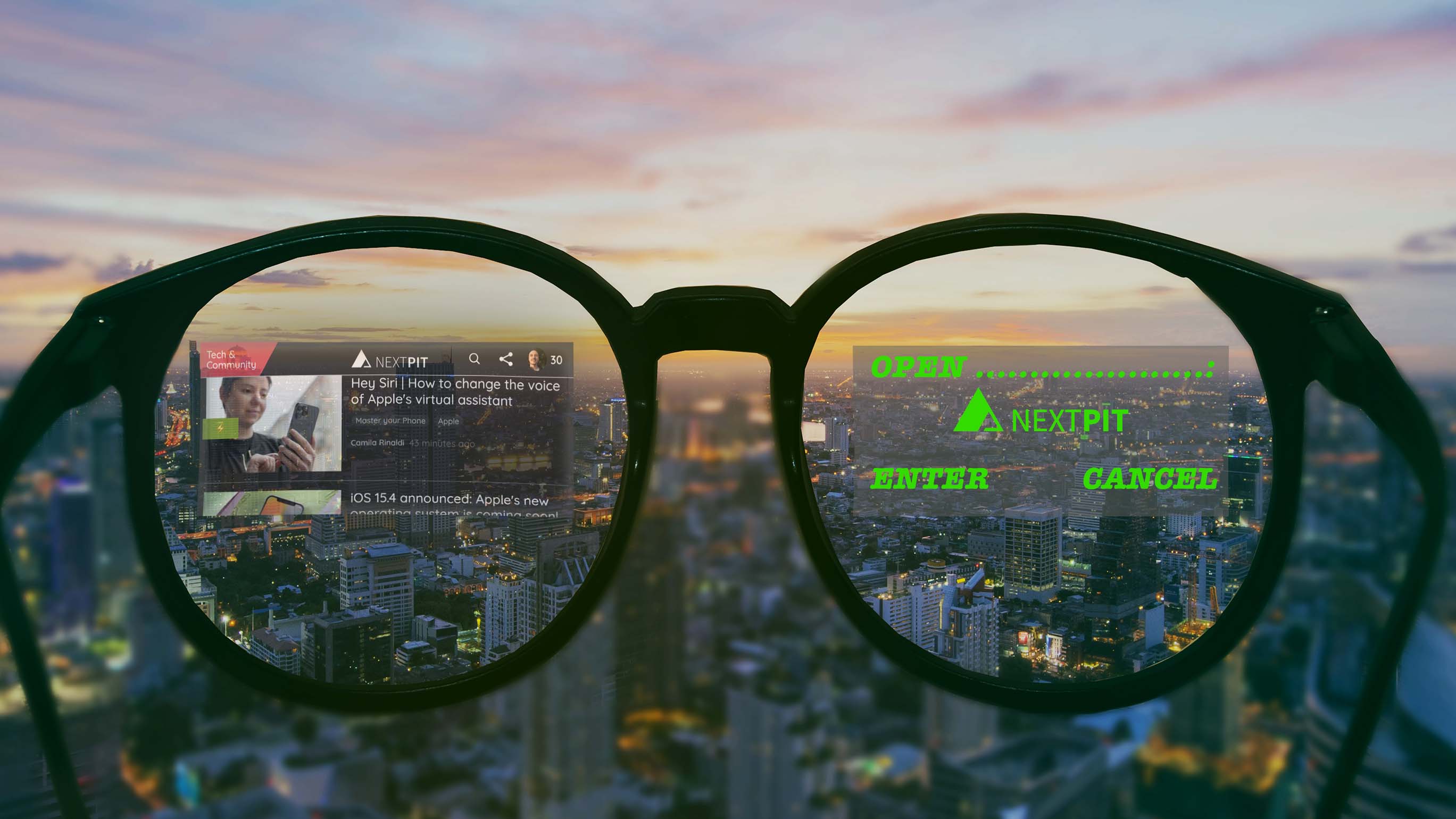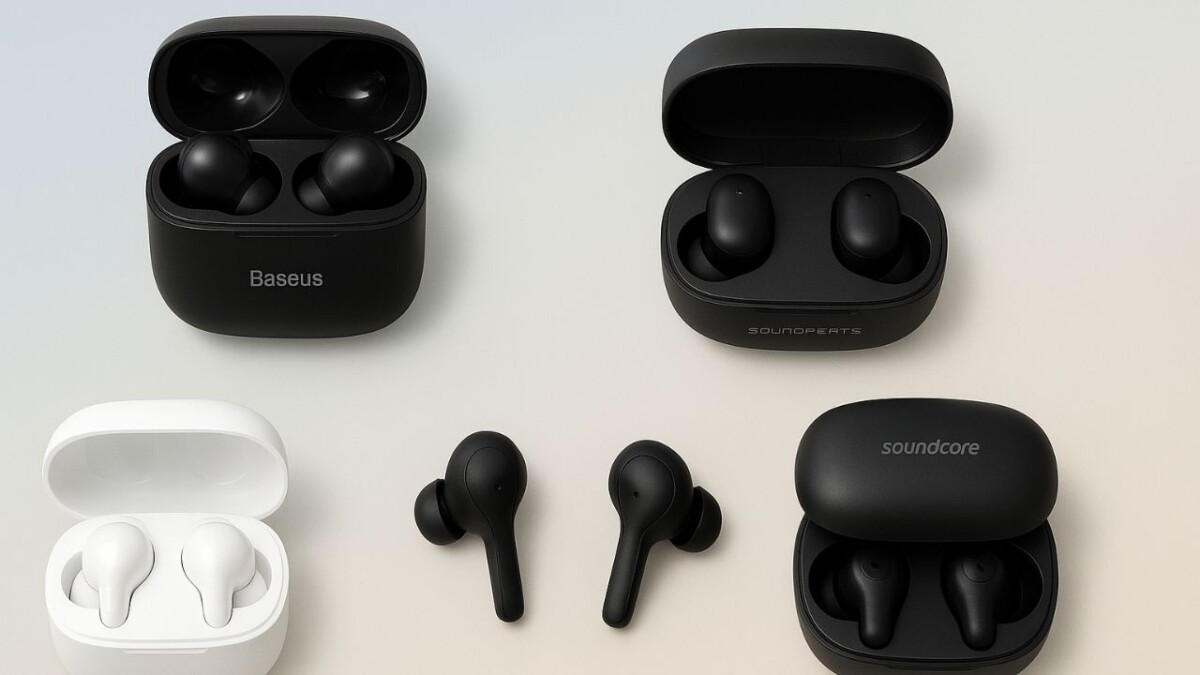Smart glasses have been quietly evolving in the background for years, but 2025 might just be the year they finally enter the mainstream. From fashion-forward designs to AI-powered features, these futuristic wearables are now offering more than just tech gimmicks—they’re becoming practical tools for everyday life, business, and even healthcare.
In the Philippines, interest is rising as more consumers look for hands-free ways to stay connected, capture moments, or even get real-time translations on the go. But what exactly are smart glasses, and why should you care? Let’s take a closer look.
What Are Smart Glasses?
Smart glasses are wearable devices that look like regular eyewear but pack in advanced technology. Depending on the model, they may include:
- Cameras and microphones for hands-free recording and calls
- Built-in speakers or bone-conduction audio for music and notifications
- Heads-up displays (HUDs) and AR overlays to project digital info in front of your eyes
- Sensors like accelerometers and gyroscopes to track movement
- Connectivity features such as Bluetooth, WiFi, and sometimes even 5G
- AI integration for real-time translations, object recognition, and voice assistance
Some focus on simple lifestyle features (like the Ray-Ban Meta glasses), while others are designed for enterprise use in fields like healthcare, logistics, and manufacturing.
Why 2025 Is a Big Year for Smart Glasses
The global smart glasses market is booming. In fact, industry reports show shipments more than doubled in 2024, thanks to devices like the Ray-Ban Meta line. Analysts project that the market will continue to grow at a 60% annual rate through 2029, with AI-powered glasses leading the charge.
For consumers in the Philippines, this means we’ll likely see more availability of models that balance fashion and function. No more bulky, geeky designs—brands are working with eyewear giants like EssilorLuxottica and Oakley to create frames that look stylish while still being high-tech.
Key Players in the Market
Some of the most talked-about smart glasses today include:
- Ray-Ban Meta Display Glasses – social media-integrated eyewear that lets you capture content and even access Meta AI features hands-free.
- Oakley Meta Vanguard – rugged smart glasses built for sports and outdoor use.
- Chinese AI Glasses Brands – often more affordable, with features like translation, fitness tracking, and navigation.
This competition is pushing innovation faster and making smart glasses more accessible worldwide.
Challenges That Still Need Solving
Despite the hype, smart glasses still face major hurdles before everyone starts wearing them:
- Battery life is limited, especially on models with displays and cameras.
- Comfort and aesthetics are tricky—people want glasses that look normal, not bulky gadgets.
- AR field of view is still narrow compared to what people expect.
- High costs mean many models remain out of reach for budget-conscious buyers.
- Privacy concerns about hidden cameras and data collection are also growing.
These challenges explain why, despite the buzz, smart glasses are still in their early adoption phase.
Practical Uses of Smart Glasses
Beyond being a tech flex, smart glasses are proving useful in real-world scenarios:
- Everyday life: Take photos or videos hands-free, get navigation directions, or translate conversations instantly.
- Work and enterprise: Field workers can get real-time instructions, doctors can access patient info during surgery, and warehouse staff can scan items more efficiently.
- Sports and fitness: Rugged frames track activity and capture highlights on the move.
This versatility makes them one of the most exciting wearables to watch.
The Privacy Debate
One of the biggest criticisms of smart glasses is the “always-on camera” problem. Critics worry about people being recorded without consent, facial recognition being abused, or companies storing too much personal data in the cloud.
If smart glasses are to succeed in markets like the Philippines, manufacturers will need to address these issues clearly—through visible recording indicators, strong privacy policies, and better on-device AI processing that reduces reliance on cloud storage.
Final Thoughts
Smart glasses are no longer science fiction. With fashion-tech collaborations, AI integration, and growing consumer interest, they’re becoming the next big wearable trend after smartwatches.
But before they become as common as smartphones, challenges like battery life, privacy, and cost need to be solved. For now, early adopters and professionals in industries like healthcare and logistics will benefit most, while everyday users in the Philippines can look forward to more stylish, affordable options in the coming years.
If you’ve been waiting for the right time to try smart glasses, 2025 might be your year.
Disclaimer: Images used in this article are for illustrative purposes only. All photos belong to their respective owners. If you are the copyright holder of any image and wish to request removal or credit update, please contact us.


